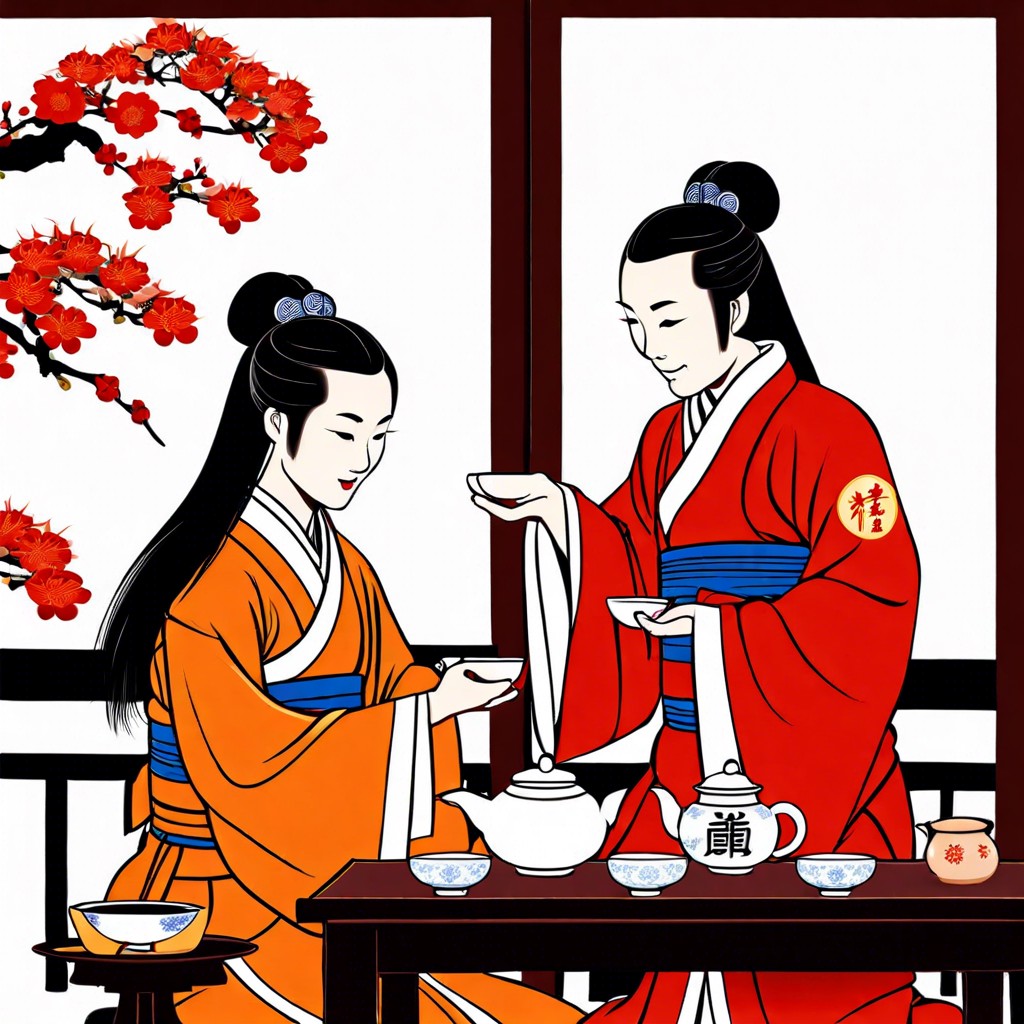If you’ve ever wondered about the greeting “ni hao,” you’re about to find out what it means, where it’s from, and how you can use it correctly!
Origins and Cultural Significance of “Ni Hao”

“Ni Hao” is a common greeting in Mandarin Chinese, used to say “hello” or “hi.” It literally translates to “you good” showing care for the other’s well-being. Understanding the cultural significance behind this greeting can help you connect better with Mandarin speakers. It is polite and shows respect when used correctly. So, next time you say “Ni Hao,” remember you’re not just saying hello; you’re asking, “Are you good?”
Phonetic Script (Hanyu Pinyin), Pronunciation, and Intonation
In Mandarin Chinese, “Ni Hao” is written using the Hanyu Pinyin system, which helps non-native speakers pronounce words accurately. The phonetic script breaks down each syllable for better understanding. Remember to add the correct intonation to convey meaning accurately. Practice saying “Ni Hao” with the rising tone on “Ni” and the falling tone on “Hao”. Keep practicing to master the pronunciation and intonation for a more authentic greeting experience.
Usage in Different Social Contexts
“Ni Hao” is a versatile greeting used in various social contexts in Chinese culture. Whether you’re meeting someone for the first time or greeting a colleague, “Ni Hao” is a friendly and respectful way to say hello. In informal settings, like with friends and family, you can use a more casual tone when saying “Ni Hao.” However, in formal situations or when addressing someone of higher status, it’s best to maintain a sense of politeness and formality in your greeting. Remember to always smile and make eye contact when saying “Ni Hao” to show sincerity and warmth. Practice saying “Ni Hao” with different tones and expressions to convey different emotions and intentions.